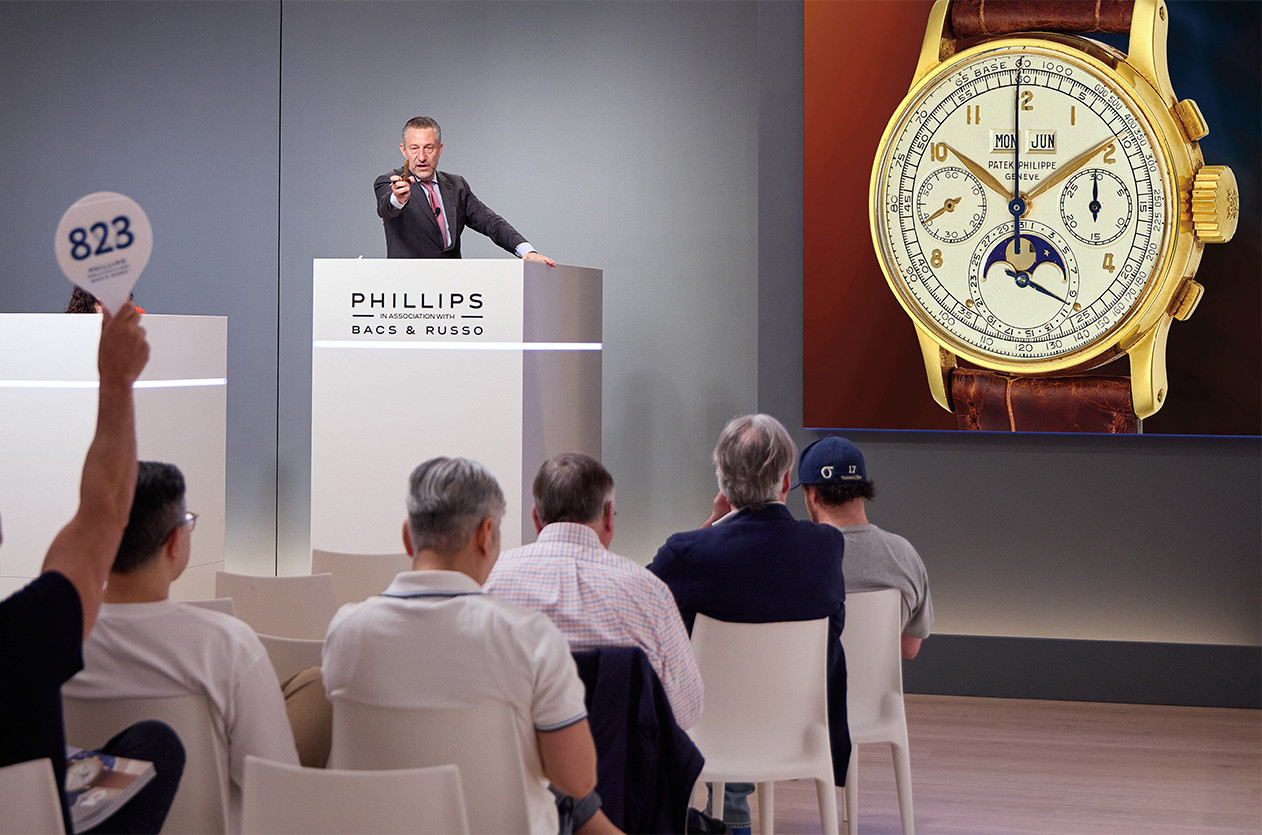
Auction Phillips New York Watch Auction XII Achieves $25 Million
Welcome to the hub of the horoloy
the number of vibrations performed by the hairspring per hour. Frequency is an important indicator of accuracy and performance in a watch. The higher the frequency, the greater the accuracy and stability in timekeeping. A higher frequency improves the watch's accuracy and reduces the impact of external factors on its movement. Conversely, a lower frequency reduces the accuracy of the watch and makes it more susceptible to external changes. The frequency of a watch is measured in hertz (Hz).
The frequency of a watch varies among different timepieces and depends on the internal movement of the watch. In automatic mechanical watches, the frequency typically ranges from 2.5 Hz to 5 Hz, which translates to 2.5 to 5 vibrations per second. On the other hand, in quartz watches, the frequency is very high and can range in the tens of thousands of hertz.


Editorial U.S. Tariffs and the Dollar Rate, A New Challenge for the Swiss Watch Industry

News Dubai Watch Week 2025 Will Be the Largest Ever with 90 Brands Participating

Auction Phillips Achieves CHF 43.4 Million at the Geneva Watch Auction XXI

Technical The Frequency, Why It Matters in Mechanical Watches

Editorial Exploring the Distinctive Charm of Regulator Watches

Summary Manuel Emch, Waqt’s Personality of the Year 2024